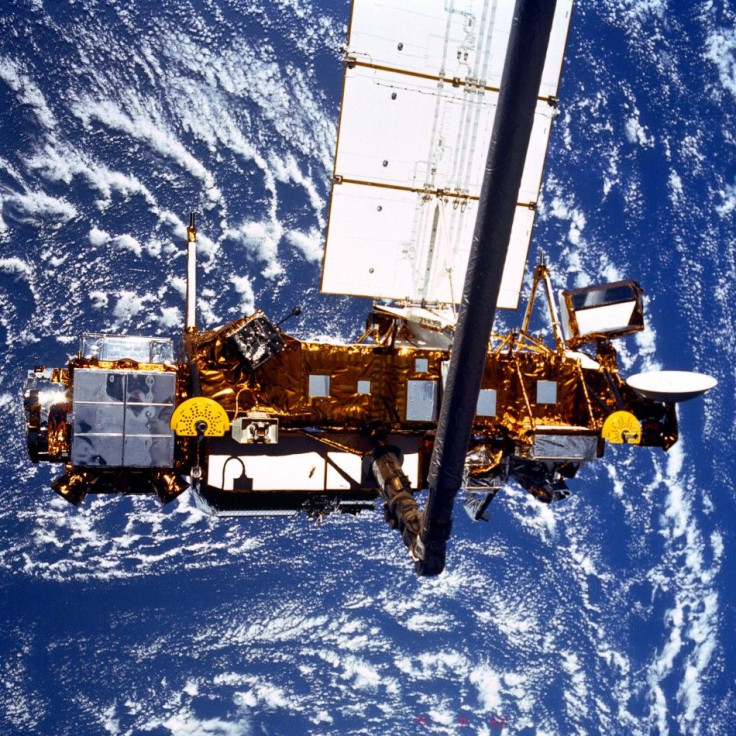NASA's 'Fallen' Angel: Satellite Quietly Down Without Hurting Anyone

Finally, NASA's falling angel, the 6 ton bus-sized Upper Atmosphere Research Satellite (UARS) plunged back to Earth on Saturday morning, said NASA. The defunct satellite is the biggest piece of space debris to fall from the sky since the Sky Lab in 1979.
We can now confirm that #UARS is down! NASA said in its official Twitter account. Debris fell to Earth between 11:23 p.m. EDT Friday, Sept. 23, and 1:09 a.m. EDT Sept. 24.
Although NASA scientists believe that the dead satellite safely dived into the Pacific Ocean, they are not sure enough exactly where the pieces fell.
Because of the satellite's orbit, any surviving components of UARS should have landed within a zone between 57 degrees north latitude and 57 degrees south latitude. It is impossible to pinpoint just where in that zone the debris landed, NASA said in a statement.
However, there are some clashing reports as well. Twiiter and Youtube reports pinpointed the landfall in Okotoks, Canada, near Calgary. People from Mauti to South Florida reportedly claimed that they saw flashing pieces of the falling satellite as it skidded across Earth's atmosphere.
Some people from Florida to Hawaii also reported seeing falling satellite pieces in the night sky on Friday. A person, named Robert Jeffcoat, of Hawaii also reported seeing two flying objects, both of which left white trails, CNN reported. However, there were no convincing reports of debris on the ground, according to Nick Johnson chief scientist for orbital debris at NASA.
Earlier this week, NASA said that the U.S. was out of the strike zone, but Friday the agency admitted that the pieces of debris could hit some parts of the country. Later, they pinpointed Canada as part of the likely debris field, The Christian Science Monitor reported.
In 2002, NASA conducted a detailed re-entry risk assessment for UARS and determined that the debris from the satellite would not harm human beings. The agency predicted that 26 potentially hazardous objects expected to survive the re-entry, but estimated human casualty risk (updated to 2011) is only about 1 in 3200.
A lady, named Lottie Williams of Tulsa, Oklahoma, is the only one person to have ever reported being struck by space debris. In 1997, she was reportedly struck by a piece of metal fabric, which was part of a Delta 2 booster rocket attached to a satellite that was launched the previous year.
© Copyright IBTimes 2024. All rights reserved.





















